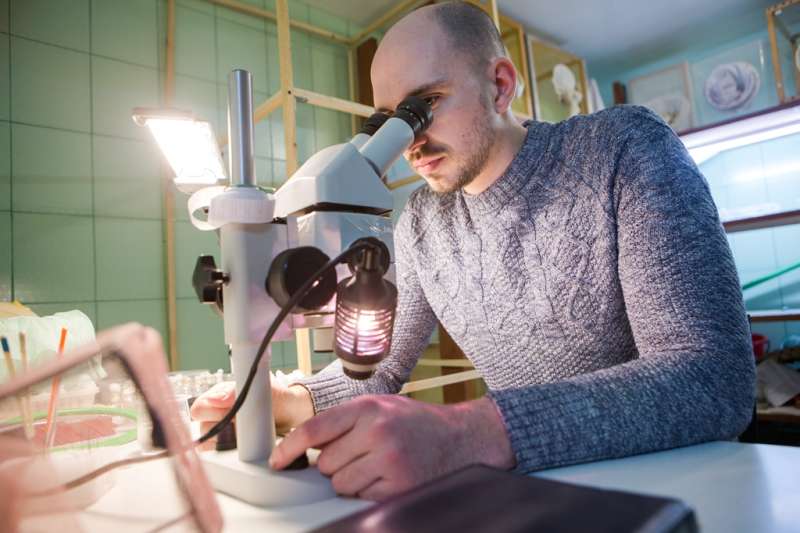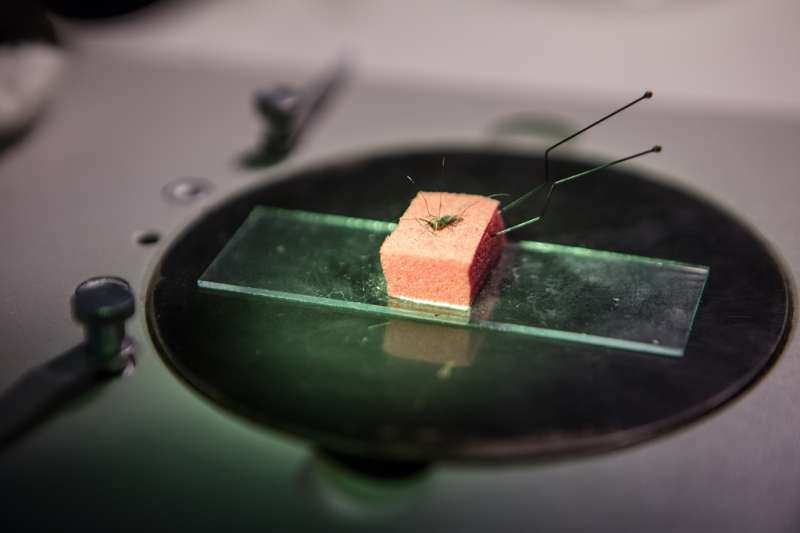Scientists map the genome of a dangerous malaria vector mosquito

An international collaborative of researchers has completed work on the physical mapping of the genome of one of the malaria vectors in Central and South America—the malaria mosquito Anopheles albimanus. The map opens a new page in the study of one of the most dangerous carriers of the causative agents of malaria, from which more than 400,000 people in the world die each year, and extends the possibilities in the fight against the deadly infection.
"The most effective prevention of spreading malaria is eradication of the carriers of the disease—malaria mosquitos," says Gleb Artemov, a senior researcher at the Ecogene laboratory. "To do this, we use different means, from draining wetlands to creating of transgenic mosquitoes. Developing new approaches necessitates studying the genetics, physiology, and ecology of the Anopheles genus, which is not possible without information about its complete DNA sequence."
For two years, the scientists studied the genome of Anopheles albimanus. They obtained images of its chromosomes and conducted an extensive series of experiments. At the end of November 2016, they completed the most comprehensive version of the genomic assembly of the mosquito and presented its physical map.
"This is the third mapping of the genome of the genus Anopheles," says Igor Sharahov, a leading researcher at Ecogene and associate professor at Virginia Tech. "The first map of the most dangerous malaria mosquito Anopheles gambiae was published in 2002, and then maps of the Asian species Anopheles stephensi and Anopheles atroparvus, a mosquito that lives in Europe and Russia, have been created. Comparing these species has revealed new genomic rearrangements that changed the order of genes between different chromosomes."

A physical genome map allows defining the position of every gene on the chromosomes and studying the evolution of malarial mosquitoes by comparing the order of genes in different species. The map can, for example, help scientists creating transgenic mosquitoes to determine the optimal location for incorporation of DNA fragments into the genome.
Using the map has already helped the TSU and Virginia Tech scientists to detect and correct previous mistakes in the assembly of the genome of Anopheles albimanus. Their research results were the basis of an article published in January 2017 in a top-rated scientific journal.
The new genome map is available in the open-access VectorBase.
More information: DOI: 10.1534/g3.116.034959


















